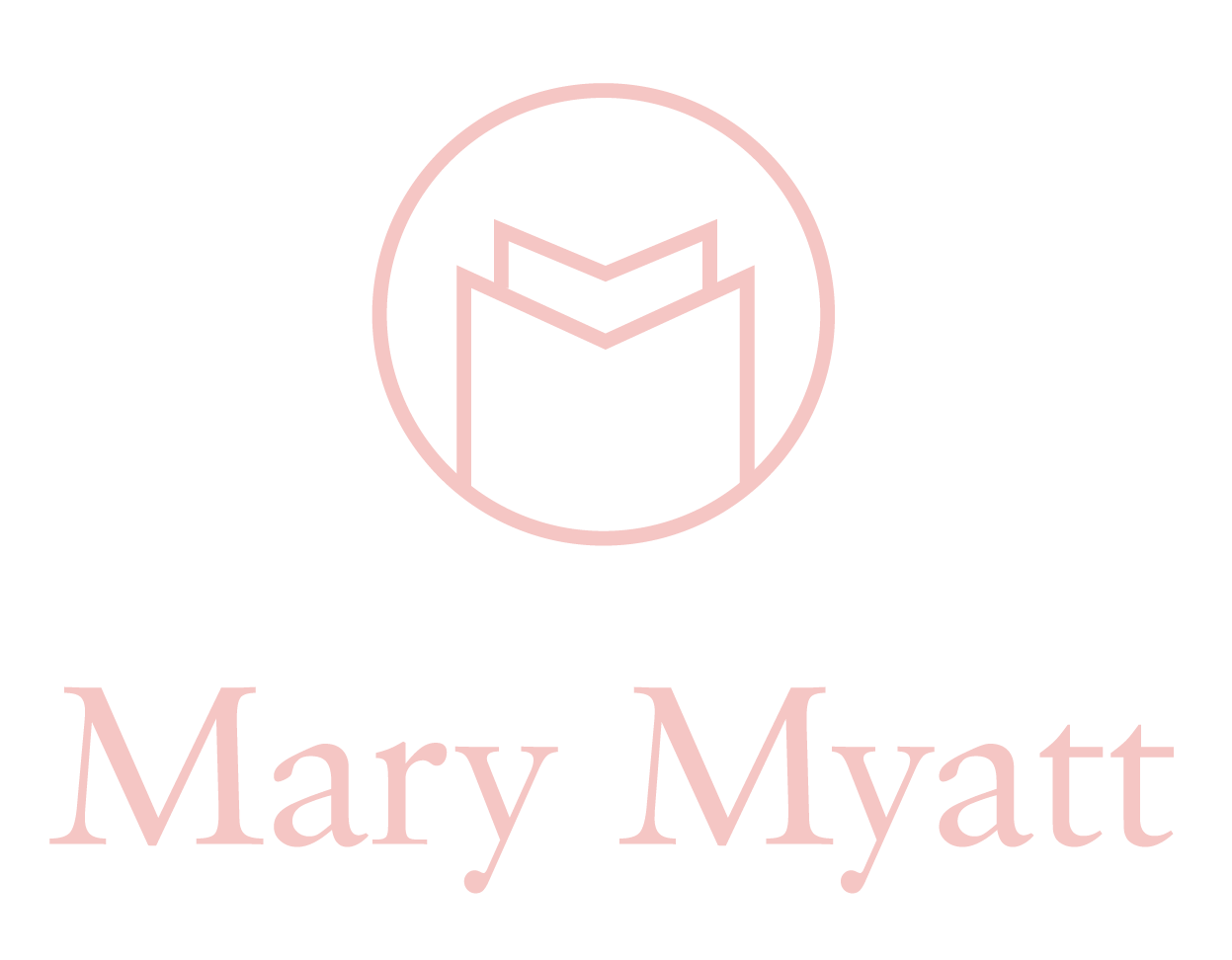Making the case for less
We find it hard to throw things away: to trim, to prune back to the essential. There are many reasons for this. Sometimes we just don’t notice how things have piled up. We just get accustomed to there being more and more; sometimes we hang on to stuff in case it comes in useful and sometimes it can all feel too much to try and sort out what’s still needed from what can be thrown away.
However, we cannot just keep adding more and more to our work schedules, otherwise we will go under. But it takes bravery and discipline to ask ourselves, do we really need this? What would happen if we got rid of it? And yet if we want to create the time and space to focus on the important work, we need to roll up our sleeves and do some metaphorical cleaning out of the attics.
Our guiding principle for this work might be William Morris, who said that we should have nothing in our homes unless we know it to be useful or believe to be beautiful: when we place this idea within our work context we might ask ourselves whether the systems and the resources and the materials we are working with, really are useful? And as for beauty: this does not mean that we decorate our worksheets with sparkly butterflies, but instead ask ourselves whether they are fit for purpose: whether they are really clear and carefully designed to make sure that pupils can really learn from them.
The idea of making the case for less has a long pedigree in academic and management literature. Vilfredo Pareto, Professor of Political Economy at Lausanne discovered and described the '80:20' effect, now known as the Pareto Principle. Pareto’s work was in analysing wealth and income distribution trends in nineteenth-century England and he discovered that broadly 20 percent of the people owned 80 percent of the wealth. This insight was developed later by others, such as Joseph Juran, the quality improvement expert who developed ‘Total Quality Management’. Juran refined and developed Pareto's theories to make them applicable in business and management. Juran realised that organisations and people tend to expand activities, materials, and stuff of all sorts, over time, and all of this 'stuff' becomes expensive and cumbersome to keep. He took the Pareto Principle – the top 20% of any country’s population accounts for 80% of its economy – and translated it into business. He developed the Juran Trilogy that addressed the planning, control and improvement of quality in products. While Juran’s focus was on wasteful processes in manufacturing, the principles provide insights into how we go about our work in education. We might ask ourselves a question such as: ‘What is the 20% of our work which has 80% of the impact?’ Or ‘What is the impact of the work we do outside the classroom? Does all of it have real impact? How do we know?’
An unexpected organisational guru for this field is Marie Kondo. This might be surprising as she is known for her advice on decluttering our homes. However, as with Pareto and Juran, there are some insights that might be applied to our work. Kondo says ‘My criterion for deciding to keep an item is that we should feel a thrill of joy when we touch it.’ Now ‘joy’ might not be the first thing that comes to mind when we are thinking about our work and the things we use to get that work done. However, if we unpick it, we might ask ourselves questions such as: ‘Is this the most professional way to go about this? Do I feel a deep sense of satisfaction with these power points and resources that I am offering my pupils? Are they the best and how do I know?’ And when we are able to answer yes to these, then we tap into a professional pride, which on Kondo’s terms might be called joy.
She has some interesting things to say about why so many of us allow ourselves to be surrounded by disorder. Kondo argues that visible mess hel distracts us from the true source of the disorder - in other words, we might have so much paperwork to complete that we forget to ask ourselves why we are doing this and who it is for. She goes on to say that there are usually two reasons for our reluctance to let something go: an attachment to the past or a fear for the future. And translated into a school context, this might be ‘Well we have always done it this way’ or ‘What will happen if we change our policy from marking every piece of work to whole class marking?’ The prospect facing up to the fact that we might need to do things differently and this can take many of us out of our comfort zones.
We need a radical approach to ‘spring cleaning’ many of the things we do in education. This involves taking a close look at the number of meetings we have, to the resources we source and develop and to the way we go about teaching. We cannot afford to hang on to things that no longer serve our purpose. As Kondo says about our homes: ‘Can you truthfully say that you treasure something buried so deeply in a closet or drawer that you have forgotten its existence? If things had feelings, they would certainly not be happy. Free them from the prison to which you have relegated them. Help them leave that deserted isle to which you have exiled them.’
When we release ourselves from some of the things that are getting in the way of cracking on with our best work, work which has impact, it is liberating.
Latest book: Back on Track
